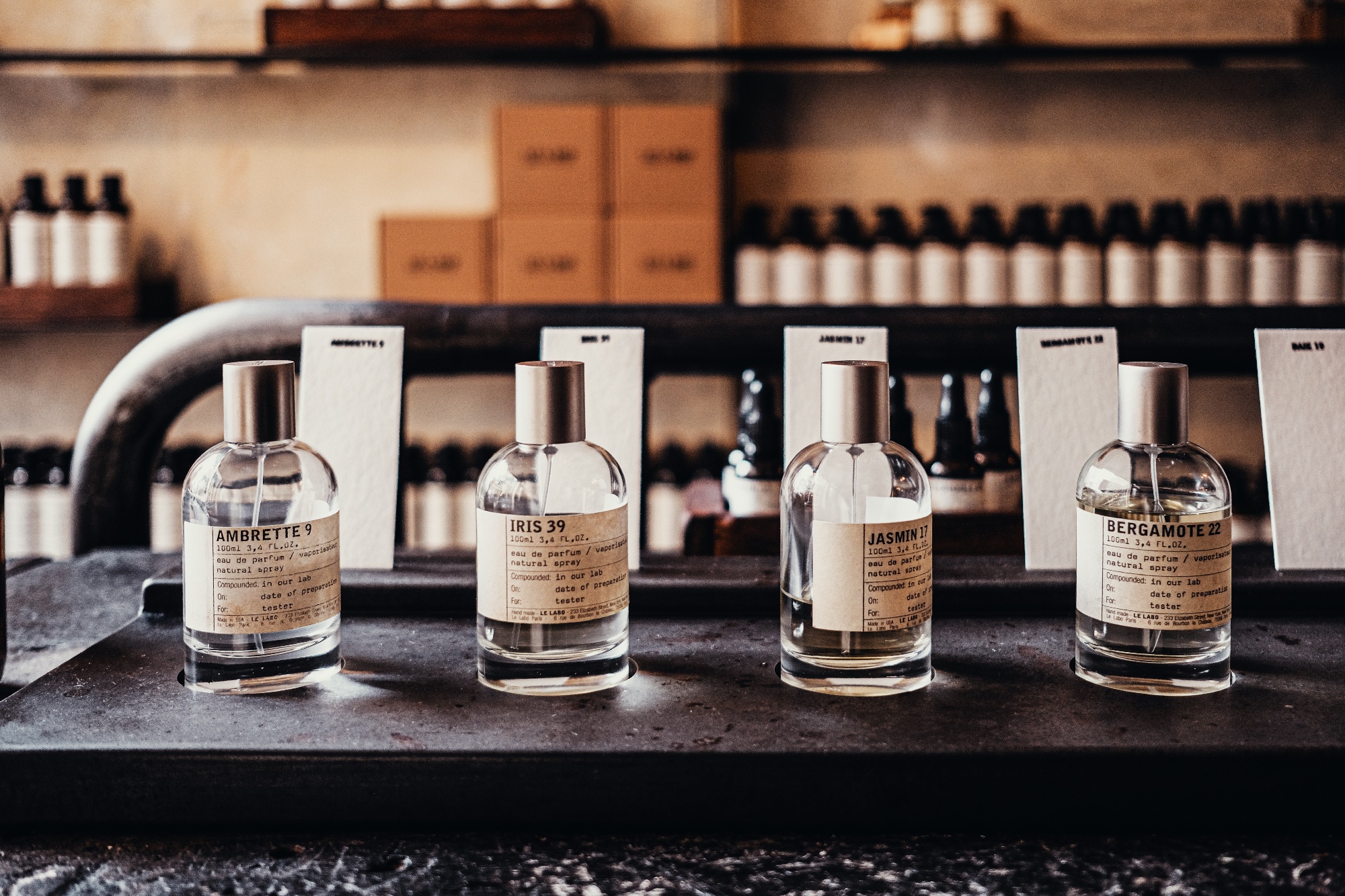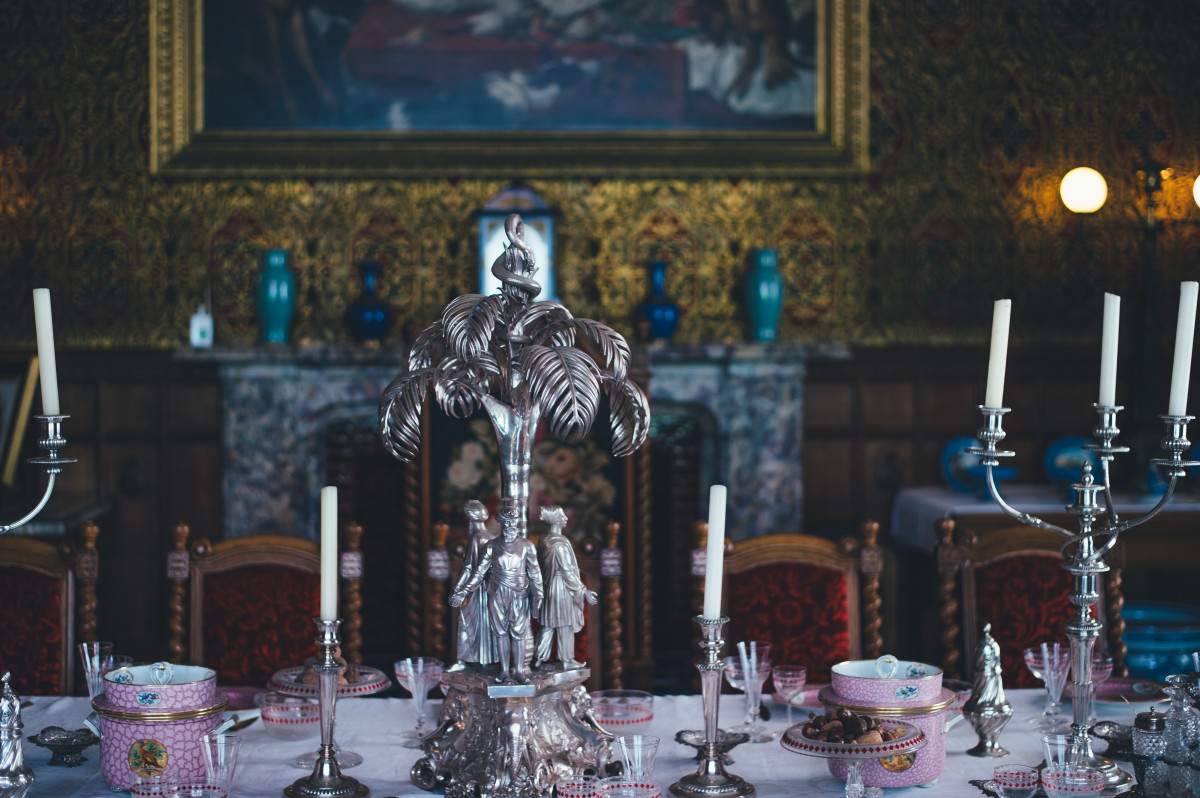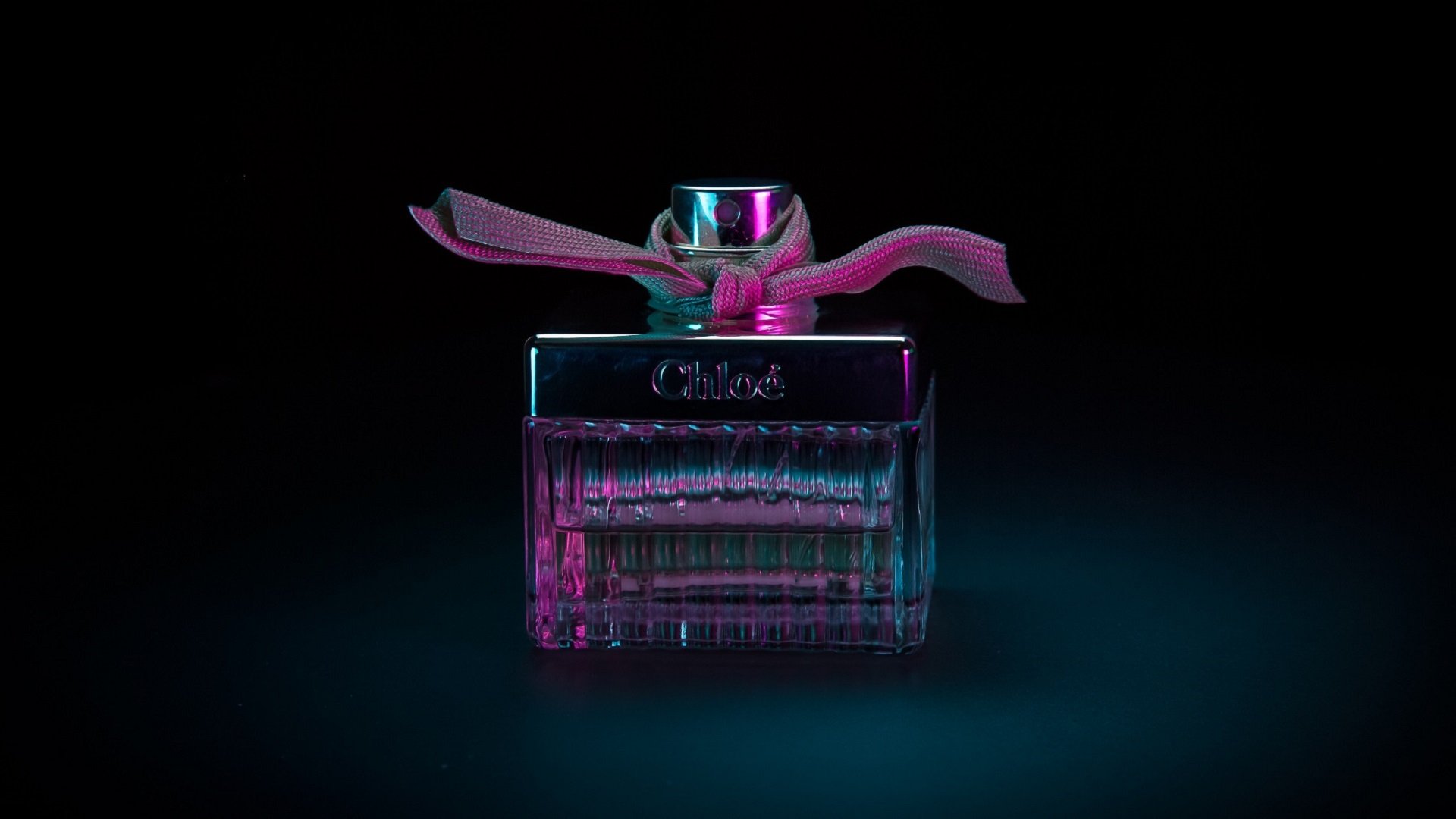I had a blast at VriThink's Night Out 2023
I had a golden opportunity to speak at VriThink's Night Out 2023, courtesy of Bart and Marnix at Vripack.
Patrick Coote did a superb job of MC'ing the proceedings, and I wish his introduction was also on the video!
I recommend the other speeches too, in particular Gordon Kay's starter for the night, which was a great lead-in.
Here's the full video of my speech, presenting the concepts behind why fragrance gets missed out in luxury interior design, and a new way to deliver it intelligently.
I'll be doing some separate social media around the key concepts presented here, because this speech was a very compressed one devoted to the Pecha Kucha format, (which Vripack always use at these events), so check out that too.
Finally here is the slides I used with my notes for clarity. You can download the whole powerpoint by clicking on the first slide.
Good evening everyone!
Thanks to Bart and Marnix and the team for putting this wonderful line up together.
My name is Miles Guy Cantley from Viveur.
I've called this short presentation "Castles in the Air“, and it’s about using fragrance in interiors.
But first we are going to have a look at interior design through the prism of the human senses.

So here is a sense wheel, showing our five main human senses – touch, taste, sight, hearing and smell.
In interior design, we pay a huge amount of attention to the visual aspects. We also have AVIT systems for audio, with spend some time on how materials feel. And dining areas takes care of our taste.
But we often don’t intentionally design for our sense of smell.

So why is this important?
It’s important because our sense of smell is the most awesomely powerful sense. Here are some numbers to show how powerful it is.
3% of our genes are involved in scent detection.
Our noses have 40,000 sensors in, and any combination of these can send the brain a unique signal.
So this gives us the internal technology to detect up to 1 trillion scents.

But more important than the sheer capabilities, are the effects on the brain.
Scent is a deeply emotional part of the human core, and fundamental to our experience as humans.
Our sense of smell is one of the earliest senses that we develop. The olfactory signals travels directly to the brain, and reach parts of the brain that other senses do not reach.

So here is a visual of our smell detection system.
The olfactory nerve is the shortest primary nerve we have in the brain. It runs to the limbic system, which is part of our subconscious that forms emotion and memory.
The incredible thing is that even before we identify what a specific smell is, these olfactory signals influence emotional responses and memories.

I describe it as being like our experience with music. Individual smells are like songs or pieces, which can affect us in unique ways.
And our feelings about a specific scent are highly contextual, based on our past experiences.

The fact that fragrance is so experiential, means that it is sometimes difficult to put the experience into words.
Fragrance has been part of religious rituals for centuries. This is because it conveys a relationship with the transcendent. And this applies across all types of cultures.

We even find that Western languages have very few words that specifically relate to a smell and nothing else. Most words have been borrowed from other things, like “green”, “woody”, “warm”.
This speaks to the way in which Western culture typically regards the sense of smell as the least important.
Some other cultures that we might regard as backward, have dedicated vocabulary for specific scents.

So what does this mean for interior design teams?
At the end of the day, luxury interior design is all about emotion. What emotions are we aiming to create in the spaces we design? Do we even know?
Different fragrances have different effects, just as different spaces have unique uses/goals. If we can harness fragrance as another tool in our palette, we can deepen the emotional impact of the space.

Natural fragrances are a fresh way for humans to commune with nature, in a hidden but powerful way.
We all know about the Greek word “biophilia”, which means “a desire or tendency to commune with nature.”

So what actually is a fragrance, and what does it consist of?
Fundamentally, it is a blend of many different chemicals, with different olfactory properties, combined to form an artistic creation.
Sometimes these are natural and sometimes synthetic, but these can be blended too.

The word perfume comes from the Latin per-fumum, which literally means “through the smoke”.
This is because the ancient peoples used to use fragrance very extensively by burning various woods.

It is important to understand the difference between ambience fragrance, as opposed to a perfume.
Typically, a perfume has an alcohol base, which means it uses much less ingredients, but spreads through the air by evaporation.
An ambience fragrance is distributed by a machine, and is 100% concentration ingredients, with no impure additives.

You may well be familiar with the concept of a fragrance having top, middle and base notes.
This is quite an oversimplification for retail purposes, but specifically what it means is that all of the different components in a fragrance behave differently in the air, as they vary in volatility. The so-called top notes disperse more quickly, and the lower notes hang around for longer.

But it is actually considerably more complicated than that.
Fragrances can have hundreds of different ingredients, with the painstaking allocation of minute ingredients, adding up to a nuanced and finely crafted piece of what we call “olfactive architecture”.

Now we are going to talk about the reality of putting perfume into the space. How can it be delivered into the space in a way that is controllable enough to be an integral part of the interior design?
This is not about candles and pot pourri, it is a professional and scientific craft, all of it’s own.

Just as we take great care in selecting a speaker for delivering wonderful musical compositions, it is a mechanism that we take great care about.
Typically it is hidden back of house, and works best if we harness the ventilation or HVAC for maximum quality of distribution.

Control of the intensity of the fragrance is extremely important. We’ve all been to retail stores where this is implemented badly, and are confronted by an overpowering smell at the entrance.
By using an atomizer device, we have very precise control of the intensity via the on/off periods.

The problem is that the brain is very skilful at filtering things that it doesn’t believe are important.
So to keep the fragrance being noticeable, it is necessary to have a somewhat random delivery, that maintains some variance in the intensity. The ideal is to have the fragrance pulsing in and out of the sweet spot.

So when the very atmosphere of the interior is suffused with a fragrance, you create a completely new layer of experiential design.
They say a picture paints a thousand words, but a fragrance tells a whole story.
It’s now in your hands as designers to lend an interior a completely new storyline, just by applying a different fragrance for a different time of day, or week or year.
In this way you really can build “castles in the air”.
Thank you!
Last of all you can book you own dedicated presentation to cover this material in more depth, with fragrance samples to enjoy, here.




